Air conditioning (cooling – heating)
The conditions of the human environment have a direct effect on his mental states, physical condition, the way he does work and in general all aspects of his life. Since the majority of human life today is spent inside the building, creating favorable environmental conditions in the building, whether it is a workplace or a home, etc., is very important, the most important part of which is air conditioning for the residents of the building according to their type of activity.
The most beautiful and expensive buildings will not be habitable if they do not have proper air conditioning system.
Controlling temperature, humidity and air speed, removing dust and other air pollution, and if necessary, eliminating microbes and bacteria suspended in the air, heating and cooling the air according to the season, are the main tasks of an air conditioning system, and other Duties are next in importance.
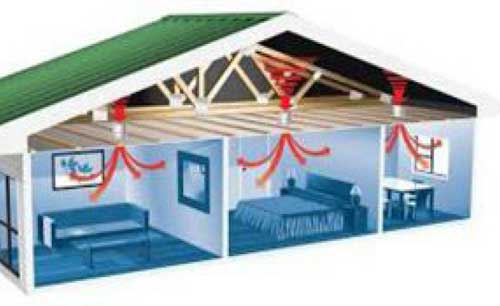
Air conditioning (cooling – heating)
Systems and applications
Choosing the right type of air conditioning system for a particular space or building is a very sensitive decision.
The main issues that should be considered by the designer of the air conditioning system are:
1- Personal financial facilities or investor organization
2- Space or building (purpose, location)
3- Exterior characteristics of the building, temperature, humidity, wind, radiation, sun, shade
4- Changes in heat load inside the building (residents, lights)
5- The ability of the building to store the acquired heat
6- Necessity and capacity of pre-cooling to reduce the size of air conditioners or partial cooling of the building
7- The physical aspects of the space or building in terms of adapting to the air conditioning system of the equipment and adjusting the system performance, under partial heat load
8- The expectations of the employer’s personal statements about the quality of the ambient air
Applications of air conditioning
Although in theory any air conditioning system can be used for any building, but in practice due to the existence of factors such as investment and operation costs, space and location limitations, the architectural plan of the local building location and the evaluation and experience of the designer’s engineering. The number of suitable air conditioning systems for each building will be limited. Usually, in buildings whose heating and ventilation systems are simple and of adequate capacity, operation and maintenance costs will be relatively low.
Air conditioning applications are usually in public and commercial buildings (office buildings, libraries, transportation centers), assembly buildings (amphitheaters, studios), educational buildings (kindergartens, universities, schools), residential buildings (dormitories, hotels), residential buildings (single-unit, multi-unit, apartment), health and treatment centers (hospitals), etc., which we deal with the type of systems in residential buildings.
The type of air conditioning systems of residential buildings is affected by local and practical factors.
Available sources of energy and their price, weather conditions, social and economic characteristics and access to expert staff for installation and repairs are local factors and the type of building, technical characteristics of the building and regulations and standards of residential buildings are practical factors.
Therefore, various systems can be used for heating, cooling, humidification, humidification and air purification or combining these processes. Usually, residential buildings need cooling and heating; In many systems, they also perform air purification by adding conventional or electrostatic filters. In many systems, women’s humidity can also be used; Especially in the heating season and when it is necessary to increase the air humidity according to the psychometric conditions.
Common heating systems
Common heating systems for residential buildings consist of three main groups:
Forced air supply from the central station (central forced air), central water systems (Central hydronic) and regional systems (zonal) that select and design the system according to the type of energy source, how to distribute and transfer the medium of cooling and heating, terminal or consumer devices.
An incinerator consists of a two-piece air conditioning unit, humidity and air. The way the system works is that the air returns to the device through the return air channel, and in winter, the air circulation fan, which is a part of the furnace, feeds the heat to the desired space.
A humidifier adds the required moisture to the warm air that is distributed inside the building through ducts. During the cooling season, as the circulating air passes over the evaporator coil, heat and moisture are removed from the air and are the refrigerant pipe located outside is connected.
The moisture distilled on the surface of the evaporator coil is discharged through the discharge tube. Cooling and heating equipment in houses that are built as single-unit complexes or multi-story apartments are usually similar to single-unit buildings. Using a separate system for each unit allows each unit to be controlled independently. The amount of energy consumed by each unit can be measured.
Central system with forced air flow
In high-rise multi-unit buildings, the cooling equipment used in single-unit buildings can also be used. These equipment can be installed inside the equipment room of any apartment or in the space under the stairs or above the false ceiling or warehouse. Small hot air furnaces suitable for residential buildings can also be used, but the necessary provisions must be made to supply combustion air and discharge combustion products to Action will come.
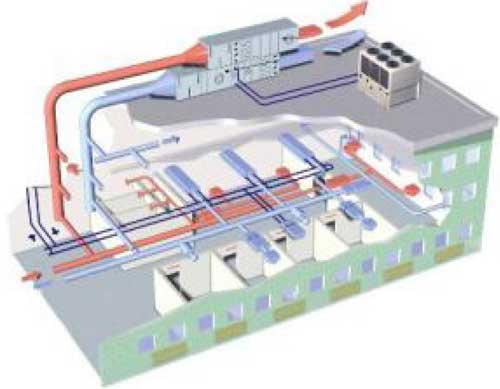
Central system with forced air flow
For evacuation, several chimneys or a manifold type vent system can be used, although local regulations should be considered in this case.
Another method that can be used for multi-unit buildings is the combined water heating/space heating system, in which the water in the hot water storage tank is used for space heating. In this system, water from the storage tank to the coil; The water in the air feeding device circulates.
To cool these spaces, you can use a split system air conditioner whose evaporator is inside the air handler.
At this stage, the designer should think about the best ways to save energy in buildings, the steps and solutions for which are given in the winter magazine.
Preparation and arrangement: Morteza Tahernia

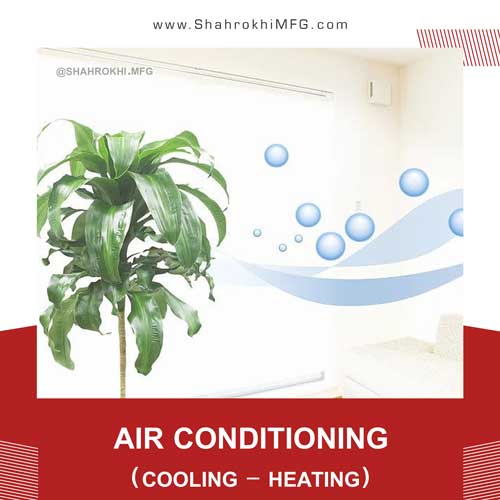
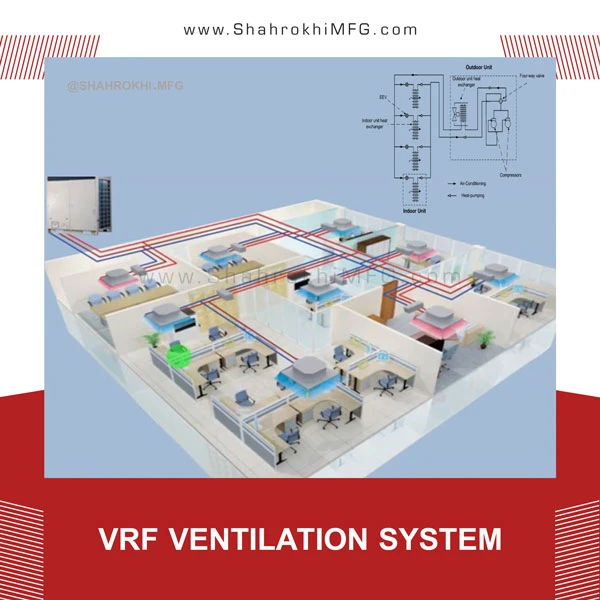
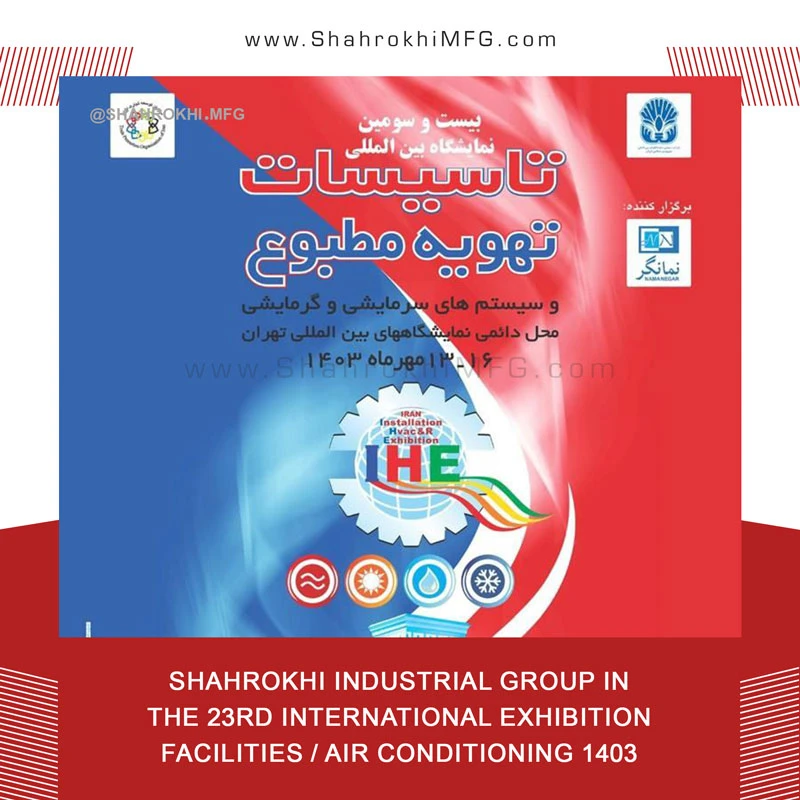
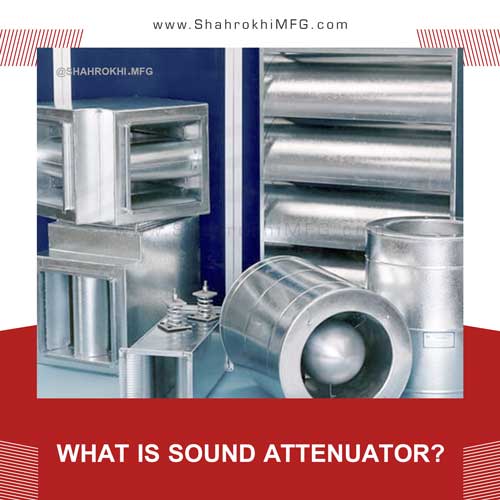
Leave a Reply
Want to join the discussion?Feel free to contribute!